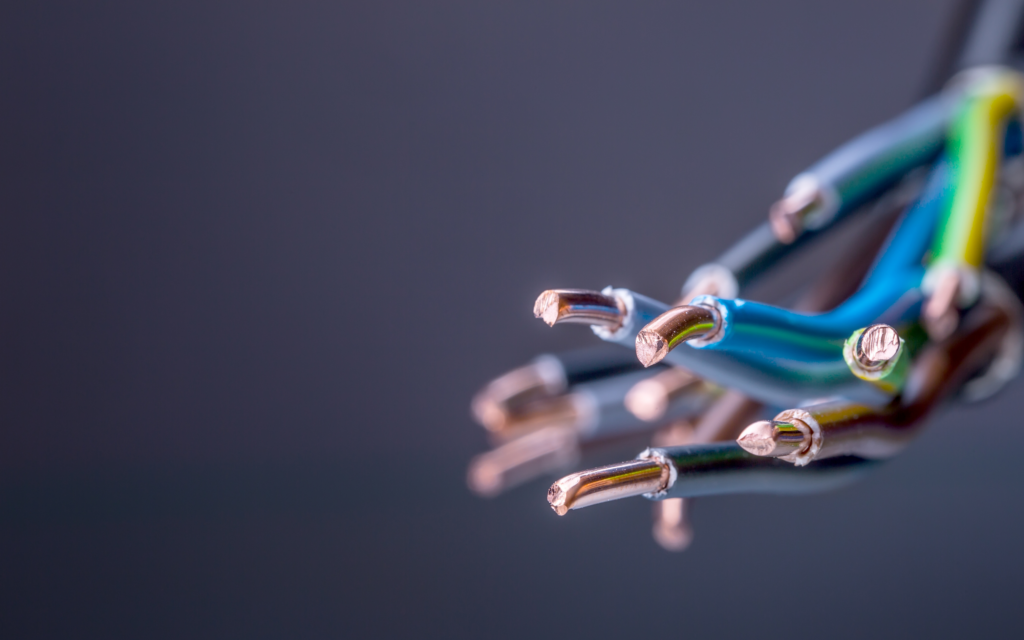Leading UK innovator Enertechnos sets out solution to demand and decarbonisation challenges facing UK power industry
Speaking at the CRU Wire & Cable conference in Brussels, Dominic Quennell, Managing Director of Enertechnos, addressed the conference of senior representatives of global cable makers and presented Enertechnos’ innovative CTS technology as a solution which promises to help ensure future energy security and reduce the power sector’s carbon footprint.
The UK has a chronic problem with energy losses, and according to regulator Ofgem, annual losses make up enough energy to power almost seven million homes and constitute 1.5 per cent of carbon emissions. From a business perspective, this represents a total loss of £3.8 billion in billables. In the US, this figure rises to a staggering 21 million homes and $23 billion in billables.
But losses inherent in traditional cabling are not the only problem facing the cabling industry. The power industry’s climate-friendly ambitions are being held back by the vast amount of copper they use and its enormous carbon footprint.
Enertechnos’s Capacitive Transfer System – the CTS – is a revolutionary technology which promises to tackle these challenges head on, providing industry with the tool it needs to slash its carbon impact. The CTS is a low loss cable which, by balancing reactance and capacitance, results in lower voltage drop and thus lower losses than traditional electrical cable. Not only does the CTS dramatically reduce losses and boost efficiency, it requires less copper than traditional cables to deliver the same power.
Developed with Innovate UK funding and having recently been the subject of a research project in partnership with Brunel University and The Welding Institute, the CTS is catching the eye of industry and policymakers. Set for a real-world trial with leading distribution network operator (DNO) Western Power Distribution early next year, Enertechnos is redefining cabling as we know it.
Dominic Quennell, Managing Director of Enertechnos, said:
“It was a pleasure to address industry leaders at such a crucial time which presents both challenges and opportunities. As governments, regulators, and campaign groups heap pressure on the power industry to lead the way in decarbonisation, we must examine how our vast network of pipes, cables and wires can be made as efficient as possible. New innovations mean we no longer have to accept high power losses or high carbon footprints. By using today’s technologies we can prepare for tomorrow’s demands.”
— ENDS –
For further information please contact Caitlin Fordham-Skelton at [email protected] or on 020 7227 1649.
Notes to editor:
- Figures from the Department for Business, Energy and Industrial Strategy show power lost in the transmission and distribution systems totalled 26,554GWh, representing a 1.8 per cent increase from 2016 and accounting for 7.5 per cent of total electricity demand in 2017.
- Based on the ‘societal cost of losses’ set by Ofgem at £48.42/MWh, losses cost the UK £1,285,700,000 in 2017.
- 5 per cent of the UK’s total carbon emissions are as a result of electrical losses, according to Ofgem. CTS could help to reduce these emissions by making the UK network infrastructure more efficient.
- National Grid’s Future Energy Scenarios 2018 report shows the massive increase in energy demand that the uptake of electric vehicles will place on the UK’s infrastructure. Annual energy losses make up a significant proportion of the extra demand required to meet the UK’s growing electric vehicle infrastructure needs.
- Embedded CO2 in copper is 6.6tCO2eq/t. Reducing copper usage cuts entire distribution line’s overall embedded carbon per unit of power.
- Dominic provided a case study of an island connection 60km away from the grid, where using the CTS would reduce the project’s capital CO2 footprint by 965 tonnes, use 17 per cent less copper and deliver 70 per cent more power.
- The CTS is capable of being run subsea to offshore windfarms, and because of the lower resistance and impedance in CTS, modelling indicates that using the cable could increase the duty-cycle of wind farms by as much as 25 per cent. This means an improvement in the economic performance of a typical 450 MW farm by nearly £270 million over the farm’s 25-year life time.
- The CTS’ new cable geometry is inherently more efficient than conventional cabling, yet it looks like, and is compatible with, conventional cabling, meaning it can be deployed seamlessly across our transmission and distribution network. It can also be manufactured using conventional machinery with minimal adaptation.
—


